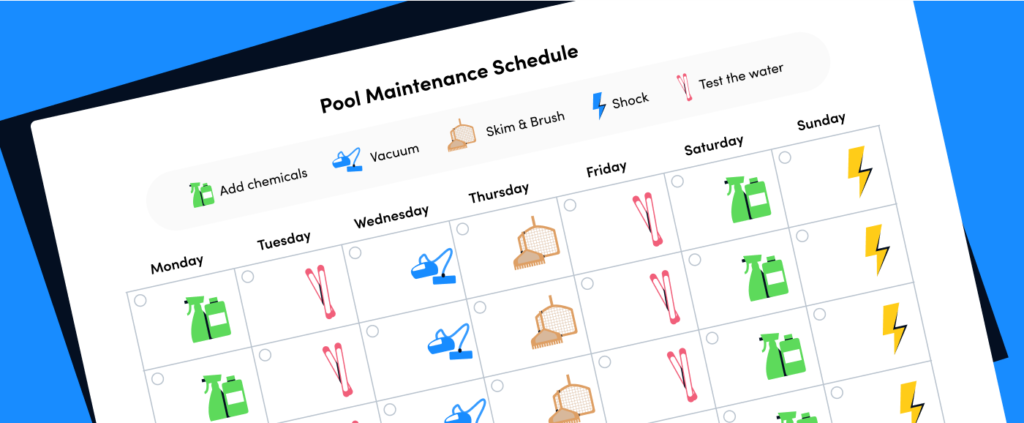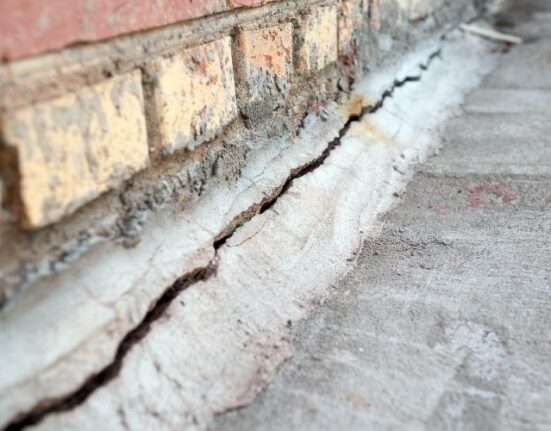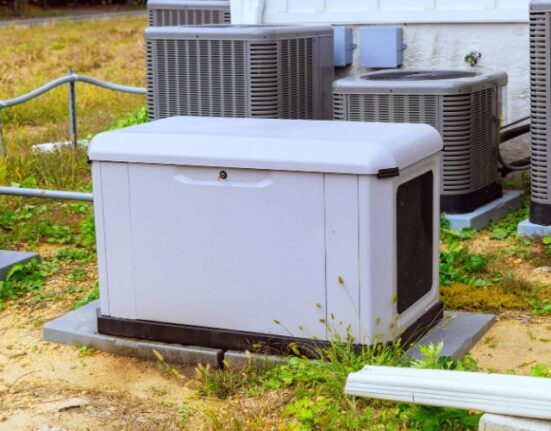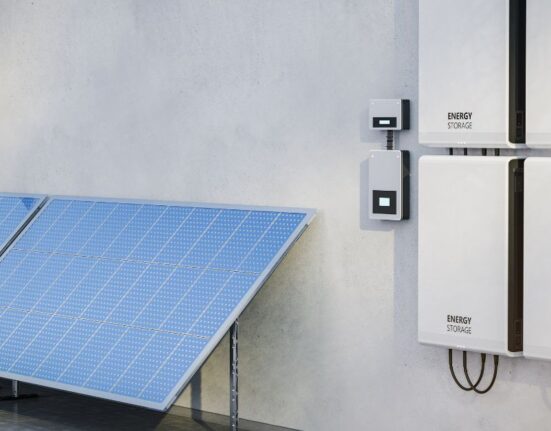Most pools aren’t maintained to a good standard of hygiene. Even established businesses and public pools get it wrong. In a landmark study of over 80,000 public pools, nearly 78.5% had at least one safety or hygiene violation.
As a pool cleaning business, your reputation relies on making your clients’ pools the exceptions to that rule.
As the season starts, you need to get pools open, ensure hygiene and safety, and keep your clients happy. On the business side, you need to optimize your scheduling for multiple clients. The right schedule will save you money on fuel and labor as well as provide more manageable workloads for your technicians.
What Is a Pool Maintenance Schedule?
A pool maintenance schedule ensures that professional pool cleaners perform tasks at the right time when cleaning a residential or commercial swimming pool.
By performing key maintenance tasks at the right time (such as backwashing your filters), you can avoid future problems with water filters, pumps, and cleanliness leading to algae growth and other issues.
But with a multitude of pools located in various neighborhoods around your area, maintenance schedules can get complicated — especially considering most customers want their pool opened during the same weekend. Your schedule needs to account for customers’ locations, service time windows, unique requirements, and more.
Bad planning and scheduling can get costly — leading to thousands of extra miles on the road and hundreds of extra working hours per year.
How Businesses Should Schedule Pool Maintenance
As a business, you have to consider not just the maintenance tasks you offer, but also the number of your clients, where they are located, and the frequency and schedule of maintenance tasks you’re responsible for.
Here are a few primary strategies to optimize your pool maintenance business’ schedule.
1. Package weekly maintenance tasks for your technicians
These cleaning and maintenance tasks either need specialized equipment or a certain level of expertise to do them well.
- Pool skimming: Using a skimmer net to skim the pool for large debris like leaves, bugs, grass, and more.
- Scrub pool interior: Brushing the interior of the pool with a pool brush to get rid of dirt.
- Pool Vacuuming: Using a heavy-duty manual vacuum to remove algae and debris and prevent algae growth and sedimentation.
- Filter Tests: Testing the pressure/flow of your filters to see if they need a backwash, or you need to replace the filter sand or DE (Diatomaceous Earth).
- Chemical testing: Testing the water for pH, hardness, alkalinity, and other chemical content and adjusting with chemicals as necessary.
- Check and clean pool skimmer: If an inground pool uses an automatic skimmer, you need to clean it and make sure that it’s working as intended.
- Pool pump testing: Inspecting valves and testing the flow with a flowmeter to see that the pump is still working smoothly. Make sure that clients’ pumps run at least 8 hours a day.
- Emptying baskets & bags: Checking and empty skimmer baskets and pump strainer baskets, as well as strainer bags.
It’s a lot easier to manage your schedule if you package these services together as a single offering, or maybe one weekly and one monthly pool maintenance service.
2. Plan ahead and batch maintenance calls based on location
Do not just randomly dispatch your service technicians on a first come, first served basis. Plan ahead and schedule service calls.
Since most companies now charge a flat monthly subscription rate, your company needs to make the service as efficient as possible to maintain profitability.
3. Tackle the seasonal pileup of pool openings and closings
Since these tasks happen once per season and tend to take a couple of hours, it might seem like area-based batching won’t make as big of a difference here.
But by improving your workflow and planning, you can better deal with the heavy seasonal demands around Memorial Day and Labor Day.
Start marketing your pool opening services before the season starts, and scheduling as many pools as possible ahead of the peak rush.
As the pool season gets going, the less time your crew spends driving or waiting on customers, the more pool openings you can handle.
4. Coordinate pool & spa installations
These jobs are less seasonal and often utilize a separate group of workers than your main pool care technicians.
But if you, as an owner-operator, spend too much time scheduling less valuable gigs, you’ll have less time to talk to and close potential customers that are worth much more to your company.
5. Use smart software tools to help
Manually looking up addresses in Google maps, and trying to figure out the most efficient routes to drive would add hours of management work every single week.
Instead, you can rely on a smart route and schedule planner like OptimoRoute to ensure that your technicians improve their mileage and working schedule.
What Happens When Pool Cleaners Don’t Optimize Their Schedules
Anything less than an optimal schedule means that your company isn’t performing to its full potential. Pool contractors often struggle with small margins and lots of competition, so that’s not something you can afford.
- Inefficient fuel use.
- Fewer clients serviced
- Unhappy employees
- Poor planning leads to no one being at home and missed opportunities
- Inability to effectively deal with cancellations and rush jobs
- Hours wasted on manual planning
How Route Planning and Optimized Scheduling Can Help Your Pool Cleaning Business
- More customers served and increased revenue with the same workforce
- Less gas and time used
- Better workloads for employees
- Easier planning and better customer service
This article originally appeared on optimoroute.com.

















